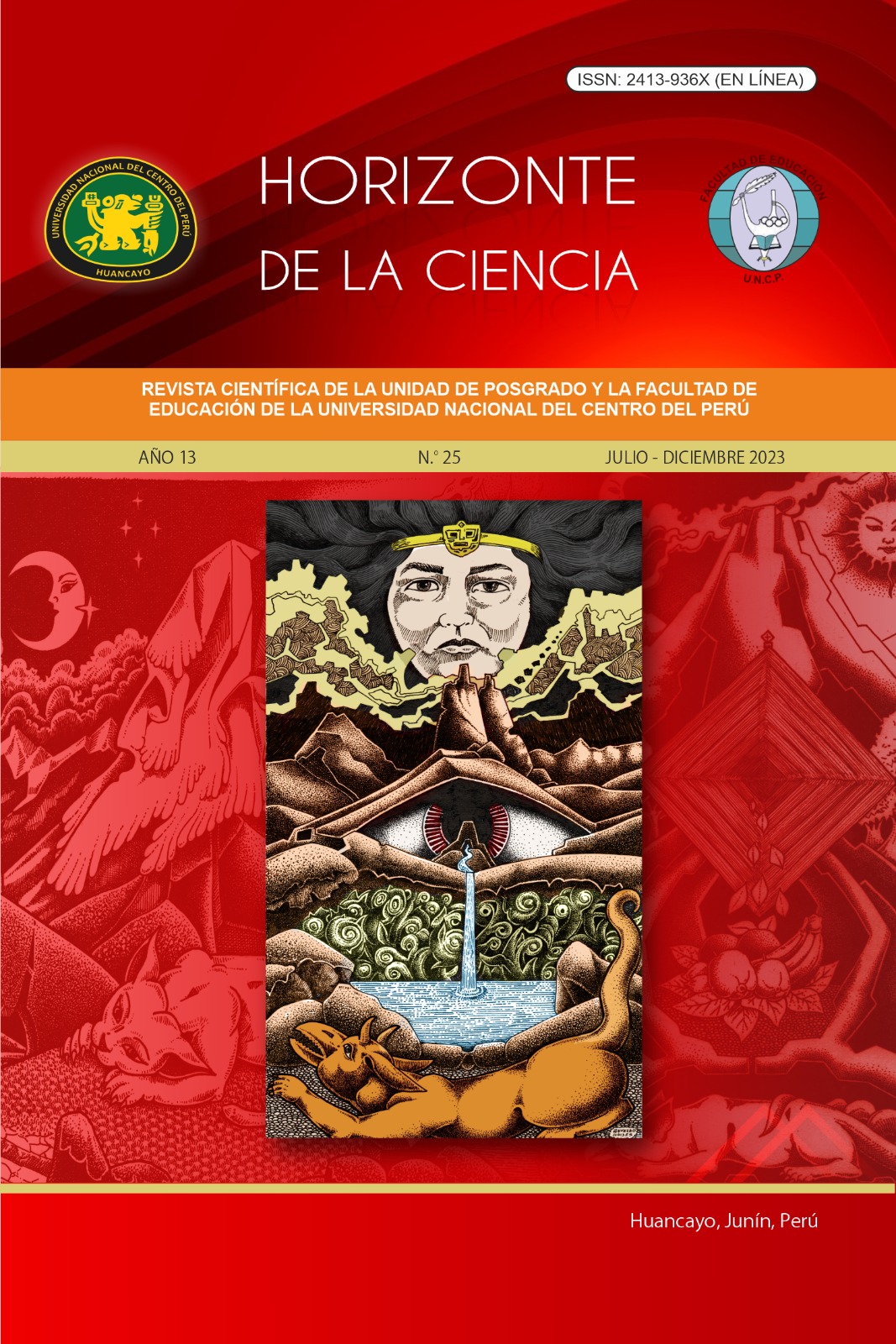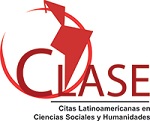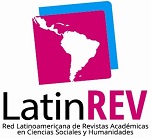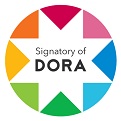Estilo de pensamiento de los estudiantes de formación docente en la forma de responder al estrés
DOI:
https://doi.org/10.26490/uncp.horizonteciencia.2023.25.1791Palavras-chave:
estilos de pensamiento, rasgos de personalidad, estrésResumo
Siendo el pensamiento fuente invisible de problemas que afecta nuestro estilo de vida, por ser rumiadores o pesimistas; ante ello, es necesario aprender a cuidarnos y protegernos de estos patrones automáticos que dañan nuestra salud. Estos rasgos de personalidad tienen un componente genético; es por ello, las traumas en la niñez, generan pensamientos de forma negativa con frecuencia, convirtiéndose como hábitos para toda nuestra vida. En este contexto, el propósito de la investigación fue determinar el estilo de pensamiento que afecta en la forma responder al estrés en los estudiantes de formación inicial del profesorado; para ello, se ha seleccionado como sujetos de investigación a 143 estudiantes del Programa de Estudios de Educación Primaria; se asumió un estudio descriptivo y exploratorio, bajo la metodología interpretativo-hermenéutica, utilizando cuestionario de autovaloración de estilo de pensamiento. Los resultados obtenidos indican que los estudiantes presentan rasgos de pensamiento muy pesimistas, medio hostiles y poco rumiadores, lo que hace que los estudiantes sean vulnerables en la forma de responder al estrés en tiempos de cuarentena, sientan poco propósito en la vida, dejando tener un estilo de vida saludable, salud fisiológica y resistencia al estrés.
Downloads
Referências
Barrientos, P. (2018). Modelo educativo y desafíos en la formación docente. Horizonte de La Ciencia, 8(2413-936X), 175–191. https://doi.org/: https://doi.org/10.26490/uncp.horizonteciencia.2018.15.462
Barrientos, P., & Blancas, E. K. (2017). El saber pedagógico en la práctica de la enseñanza. Una reflexión crítica del proceso de construcción del saber educar. Perú Graph SRL., Ed. Primera. Huancayo, Perú.
Blackburn, E. & Epel, E. (2017). La solución de los telómeros. Vivir más joven, más sano y más tiempo. Buenos Aires, Argentina. Penguin Random House Grupo Editorial.
Blaschke, J. (2009). Somos energía. El secreto cuántico y el despertar de las energías. Barcelona, España. Universum Robin Book.
Comín, E., De la Puente, I. & García, A. (s/f). el estrés y el riesgo para la salud. Madrid, España. Edita: MAZ. Departamento de prevención.
Gallegos, R. (2001). Una visión integral de la educación. (S. A. Royal Litographics, Ed.) (Primera ed).
Gallegos, R. (2003). El espíritu de la educación. Integridad y trascendencia en educación holista. (S. A. Royal Litographics, Ed.) (Seguna Edic.). Guadalaja, Jalisco - México.
Seelbach, G. A. (2013). Teorías de la personalidad. México, Red Tercer Milenio S. C.
Solá, D. (2016). Del caos emocional a la paz interior. Cómo lograr una sanación integral. España, Tyndale House Publishers.
Downloads
Publicado
Edição
Seção
Licença

Este trabalho está licenciado sob uma licença Creative Commons Attribution-NonCommercial 4.0 International License.
















